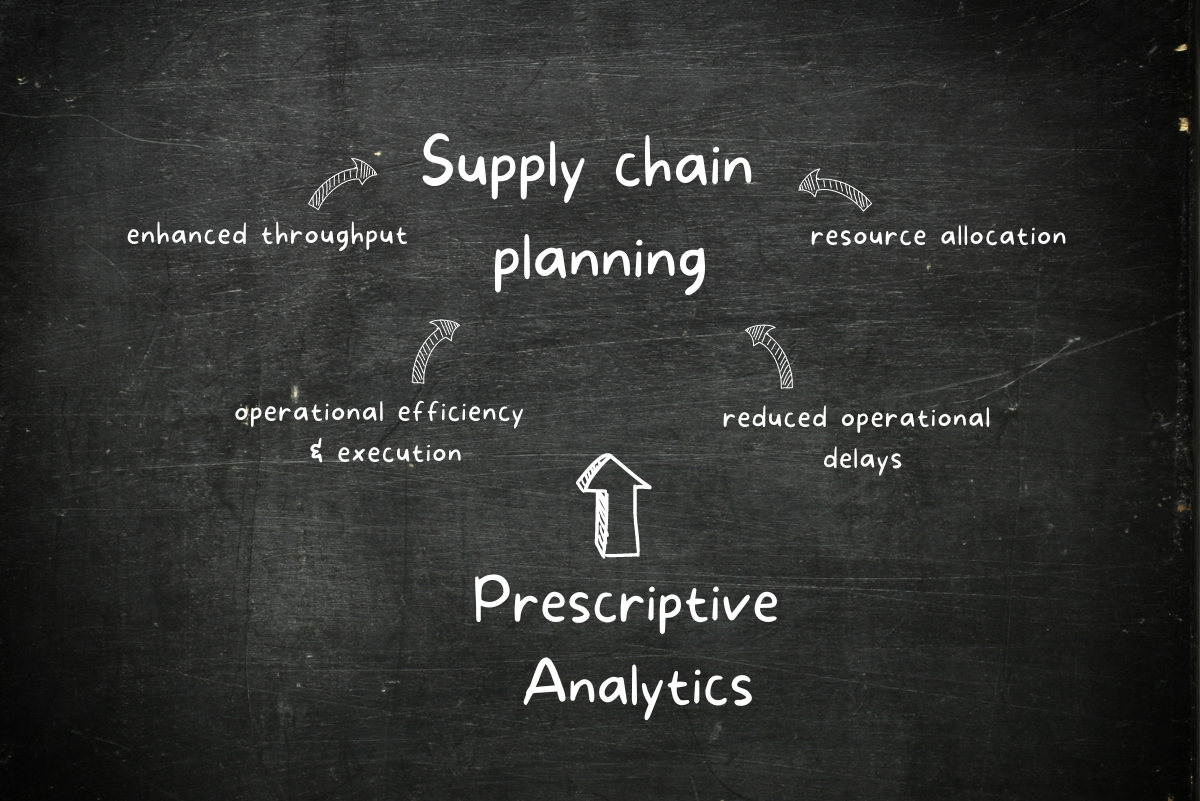AIMMS-based Coordinated Planning for Electricity Microgrid Expansion Under Uncertainty
AIMMS has long been used by the electricity market modeling community to assess the impact of different changes in modern power systems. Microgrid expansion is a novel research area in the field. Dr. Sambeet Mishra and Professor Ivo Palu from Tallinn University of Technology, Associate Professor Chiara Bordin (currently UiT, The Arctic University of Norway, and formerly SINTEF Energy Research), and Professor Asgeir Tomasgard (Norwegian University of Science and Technology) conducted research on this topic and developed models to evaluate the benefits of a coordinated expansion planning model for microgrids.
Problem
With the introduction of renewable energy sources like wind and solar into modern power grids, electricity generation is increasingly taking place in a distributed fashion. These distributed power generation sources are also called microgrids.
Microgrids span small geographic areas and present new optimization challenges to power system operations. Contrary to a centralized power generation source, microgrids often have multiple sources of power generation. Power flow is bi-directional. This makes it more complex to balance demand and supply, ensure an optimal power reserve, and maximize resource utilization. To address these challenges, this academic research team developed a new approach for coordinated microgrid expansion planning.
Solution
Dr. Mishra and Professors Palu, Bordin, and Tomasgard built a combination of mathematical models to simulate coordinated microgrids. They chose to do this by combining AIMMS and Python with Gurobi as a solver. They used AIMMS for fast and easy prototyping of the core model. AIMMS enabled them to test and validate their concepts and ideas with smooth and straightforward modeling features. They then leveraged Python for data handling (namely data analysis and data preparation) as well as data processing post analysis. They used the AIMMS Academic License to build a standalone application. To test large scale models on cluster computers and perform parallelization, they used Python on Linux.
The models were run with data from three islands off the coast of Norway, and commissioned to answer questions that are of interest to the local system operator. With the introduction of smart technologies, like smart metering and thermostats, this approach can easily be applied in other microgrids as well.
The coordinated microgrid is meant to facilitate cooperation in decision-making between different microgrid agents (in this case functional entities that exchange information), for both operational planning and investments. Using such an approach, microgrids can collaborate to ensure that existing resources are used optimally. They can also evaluate when the installation of new resources in a nearby microgrid area makes sense. Evaluating these decisions in isolation has several disadvantages. For example, if new investments are planned in a microgrid, a neighboring microgrid may choose to participate in those investments instead of pursuing its own.
Results
The results of the models show compelling benefits can be gained in both planning efficiency and resource utilization. The coordinated decision-making strategy outperformed self-contained hierarchical decision-making in 6 out of 9 cases and resulted in achievable cost-savings for all microgrids. In some cases, the projected profit increase is up to 13%.
The benefits in a nutshell
- More efficient microgrid planning
- Demonstrated profit increase of up to 13%
- New approach for coordinated microgrid planning developed
Get the full research paper on Science Direct. This research was conducted using AIMMS’ free license for researchers and academics. Learn more about the Free AIMMS Academic License.





